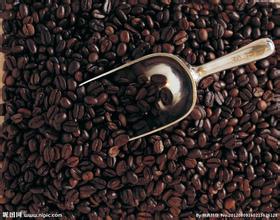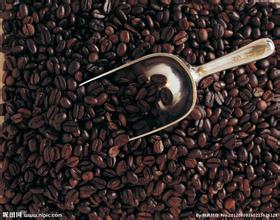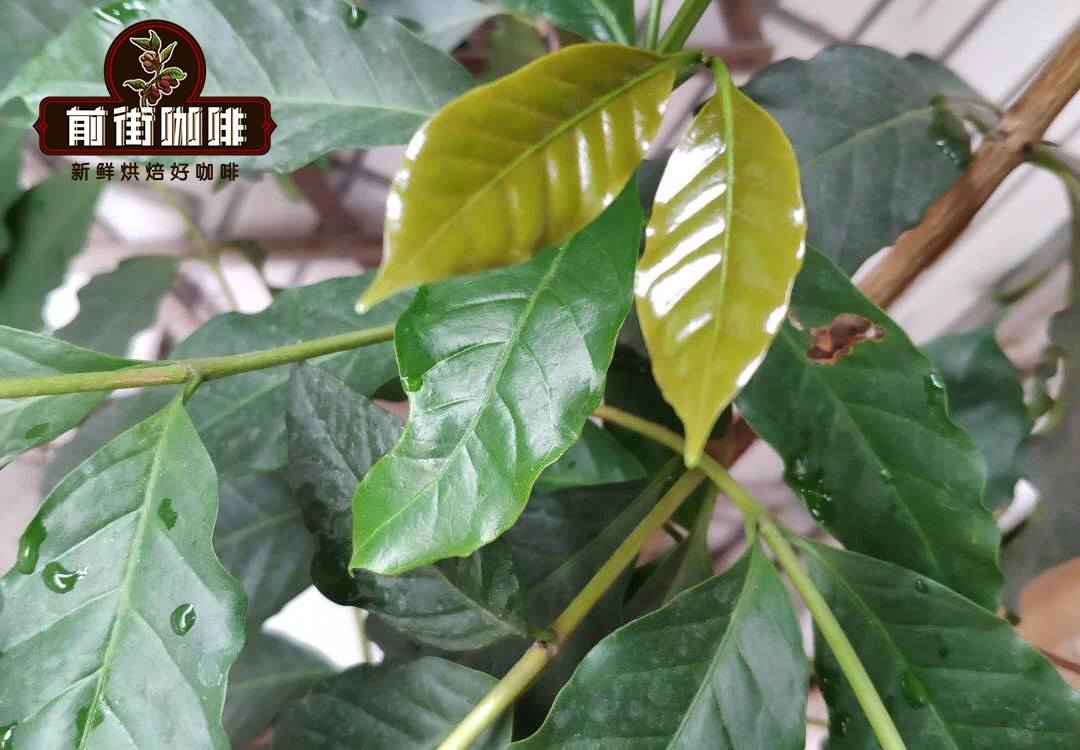How to use the coffee powder press how to use the powder press
Why are there different sizes of powder hammers?
In fact, there are two sizes of powder hammer, the small size is about 49mm to 53mm (4.0cm to 5.2cm), and the large size is from 57.5mm to 58.5mm (5.75cm to 58.5cm). The difference in specification is mainly due to the problems of household Italian machines and commercial coffee machines. Large powder bowls are commonly used in commercial use, and each coffee maker company has its own size, so the situation between 57.5mm and 58.5mm occurs.
General bias powder hammer manufacturers will be in 58mm, on the one hand, to facilitate production, on the other hand, the cost will be relatively low. If you ask for a more accurate size, the cost and technology will also increase, so the price will vary from dozens of yuan to 300 yuan. The powder hammer will also increase with the company brand, type of powder hammer, material, weight, design or limited edition and other influencing factors.
Well, from the above two main points, we can see that the main function of a powder press is to flatten and tamp the coffee powder. We can understand that the powder press has become a bridge between the barista and the coffee machine.
From left to right, RB ferrous metal handle 58mm flat bottom hammer bottom, RB black frosted metal handle 58mmC-Ripple hammer bottom, domestic Brazilian rosewood handle 58.2mm flat bottom hammer bottom, Pullman checkerboard handle suitable for La Marzocco powder bowl American Curve hammer bottom, German Concept-art metal adjustable pressure 58mm flat bottom hammer bottom, La Marzocco original metal handle American Curve hammer bottom, Japanese aluminum alloy handle 53mm quantitative powder press.
If you have the experience of customizing the Pullman powder press, the Pullman website will remind you what machine to use, what powder bowl, what hammer bottom to fit, you can personally choose the handle that suits you. Obviously, the bottom of the hammer should be suitable for machines and powder bowls, and the handle should be suitable for baristas.

Important Notice :
前街咖啡 FrontStreet Coffee has moved to new addredd:
FrontStreet Coffee Address: 315,Donghua East Road,GuangZhou
Tel:020 38364473
- Prev

Kenya bean baking method hot water extraction method for re-baking iced coffee beans
Recipe: Kenya AA + Yega Chuefei G1 (100% Arabica beans) baking: Vienna packaging: half pound / bag, aluminum foil Kraft paper composite bag, with sealing buckle and one-way exhaust valve flavor: chocolate, caramel, slightly smoky. Frankly speaking, when it comes to Vienna-level baking, what we want is the aggressive scorch and drive, fruity and sour aroma.
- Next

Historical and Cultural stories of three kinds of Coffee beans introduction to the Flavor characteristics of Arabica Coffee beans
Liberica (Liberica) Coffee is recognized as the third largest coffee variety in the coffee trade. It is also grown at low elevations. This kind of coffee is produced in Africa and is exported only to Europe. It is also a cheap coffee. It is very similar to Robus (Robusta). Robusta comes from a high yield and is not susceptible to disease.
Related
- Detailed explanation of Jadeite planting Land in Panamanian Jadeite Manor introduction to the grading system of Jadeite competitive bidding, Red bid, Green bid and Rose Summer
- Story of Coffee planting in Brenka region of Costa Rica Stonehenge Manor anaerobic heavy honey treatment of flavor mouth
- What's on the barrel of Blue Mountain Coffee beans?
- Can American coffee also pull flowers? How to use hot American style to pull out a good-looking pattern?
- Can you make a cold extract with coffee beans? What is the right proportion for cold-extracted coffee formula?
- Indonesian PWN Gold Mandrine Coffee Origin Features Flavor How to Chong? Mandolin coffee is American.
- A brief introduction to the flavor characteristics of Brazilian yellow bourbon coffee beans
- What is the effect of different water quality on the flavor of cold-extracted coffee? What kind of water is best for brewing coffee?
- Why do you think of Rose Summer whenever you mention Panamanian coffee?
- Introduction to the characteristics of authentic blue mountain coffee bean producing areas? What is the CIB Coffee Authority in Jamaica?

